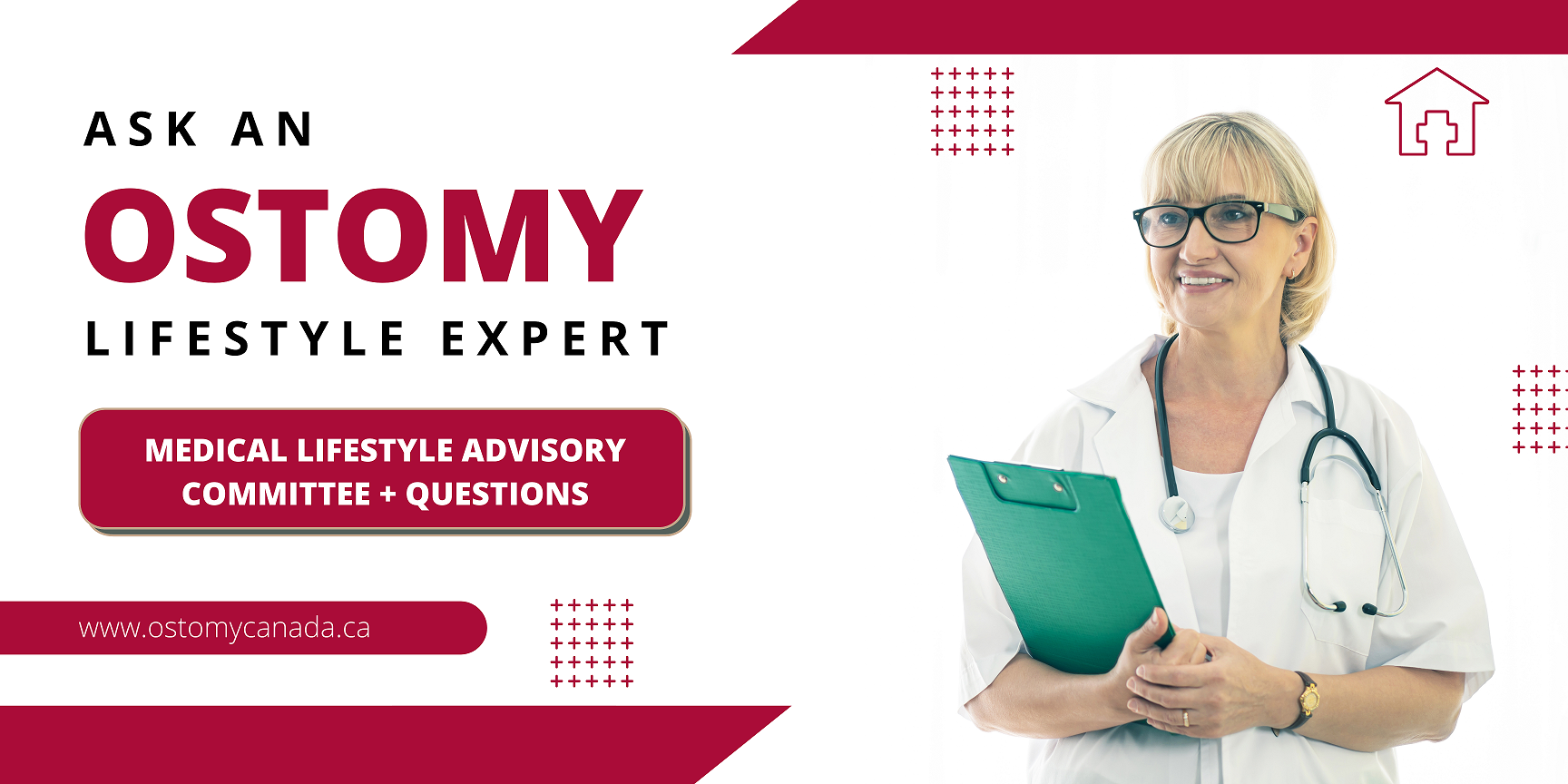Question: Seeking Information on Ileostomy Surgery Post J-Pouch Complications
I had a J-Pouch procedure 22 years ago and have been struggling with chronic pouchitis. Currently, my gastroenterologist suggests removing the J-Pouch and transitioning to an ileostomy due to ongoing health issues. Could you provide detailed information about ileostomy surgery, including its risks, complications, advantages, and challenges? I’m hopeful this change will improve my well-being.
Response: Comprehensive Overview of Ileostomy Surgery
An ileostomy is a significant surgical procedure with both potential benefits and challenges. Here’s an overview to help you understand what to expect:
- Procedure Description: An ileostomy involves creating an opening (stoma) in the abdomen, connecting the ileum (part of the small intestine) to it. This stoma allows waste to exit the body, collected in an external pouch.
- Surgery Preparation: Prior to surgery, it’s crucial to inform your doctor about any medications or supplements you’re taking. A diet shift to clear liquids and a fasting period before surgery may be required. Pre-operative tests like blood work, chest X-rays, and ECGs are standard.
- Surgical Process: Performed under general anesthesia, the surgery can be traditional (larger incision) or laparoscopic (smaller incisions). Post-surgery hospitalization for several days is typical, transitioning from clear fluids to solid foods gradually.
- Potential Side Effects: These include pain, bleeding, infection, blood clots, hernia, prolapse of the stoma, dehydration, and complications related to the stoma or intestine.
- Aftercare and Diet Management: Post-surgery, learn to manage your ileostomy and adjust your diet. Initial swelling of the stoma is normal. Your output will be more liquid due to bypassing the colon. Pay attention to hydration, diet (managing gas, odor, blocked stoma), and regular monitoring by healthcare professionals.
- Long-term Outlook: With proper care and adaptation, you can resume most activities, including sports, travel, and work. Consult with a Nurse Specialized in Wound, Ostomy, and Continence (NSWOC) for personalized advice and equipment fitting. They can be located through Find an NSWOC.
- Support and Lifestyle Adjustment: Joining local ostomy support groups can provide valuable peer support and practical advice. Ostomy Canada Society (ostomycanada.ca) is a helpful resource.
- Consultation and Education: Engage with NSWOC professionals for tailored guidance on ostomy care and equipment. They can also help address any concerns about lifestyle changes, sexual function, and family planning.
Your proactive approach in seeking information is commendable. Understanding the surgery and its aftermath is crucial for a smoother transition and improved quality of life post-ileostomy.
Warm Regards,
Jo-Ann L. Tremblay
Ostomy Lifestyle Expert and Author
Member, Ostomy Canada Society Medical Lifestyle Advisory Committee
joannltremblay.wordpress.com



